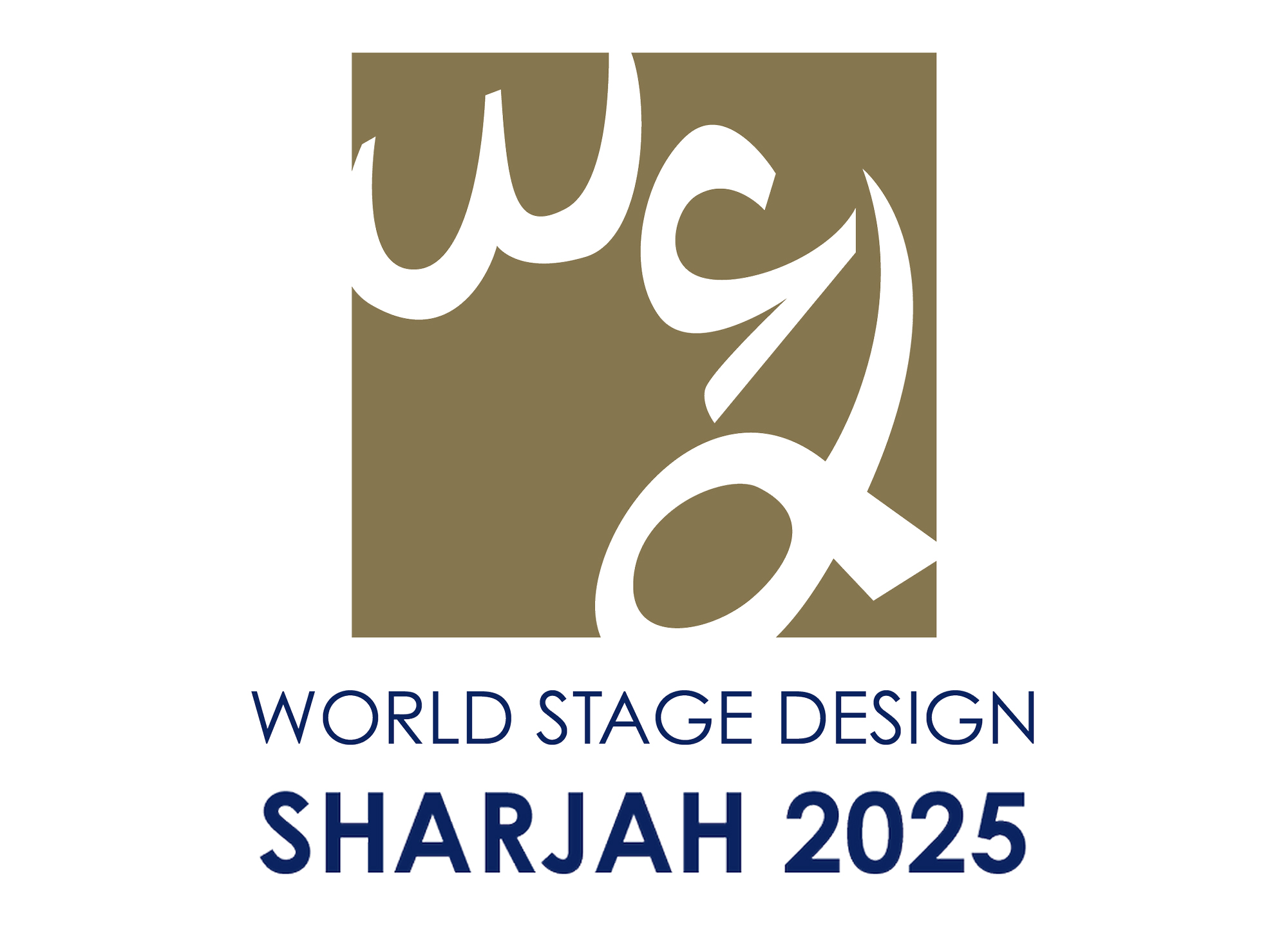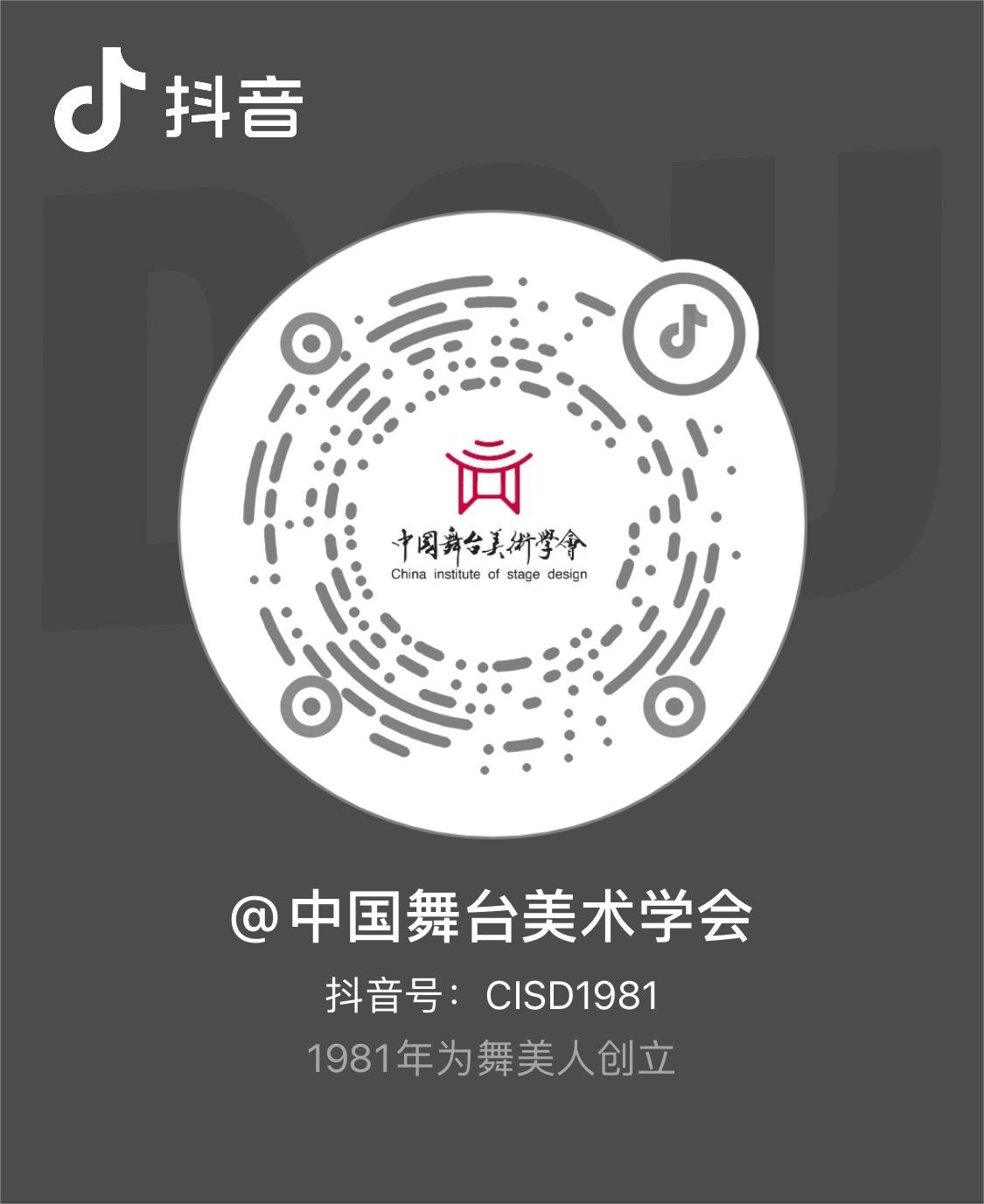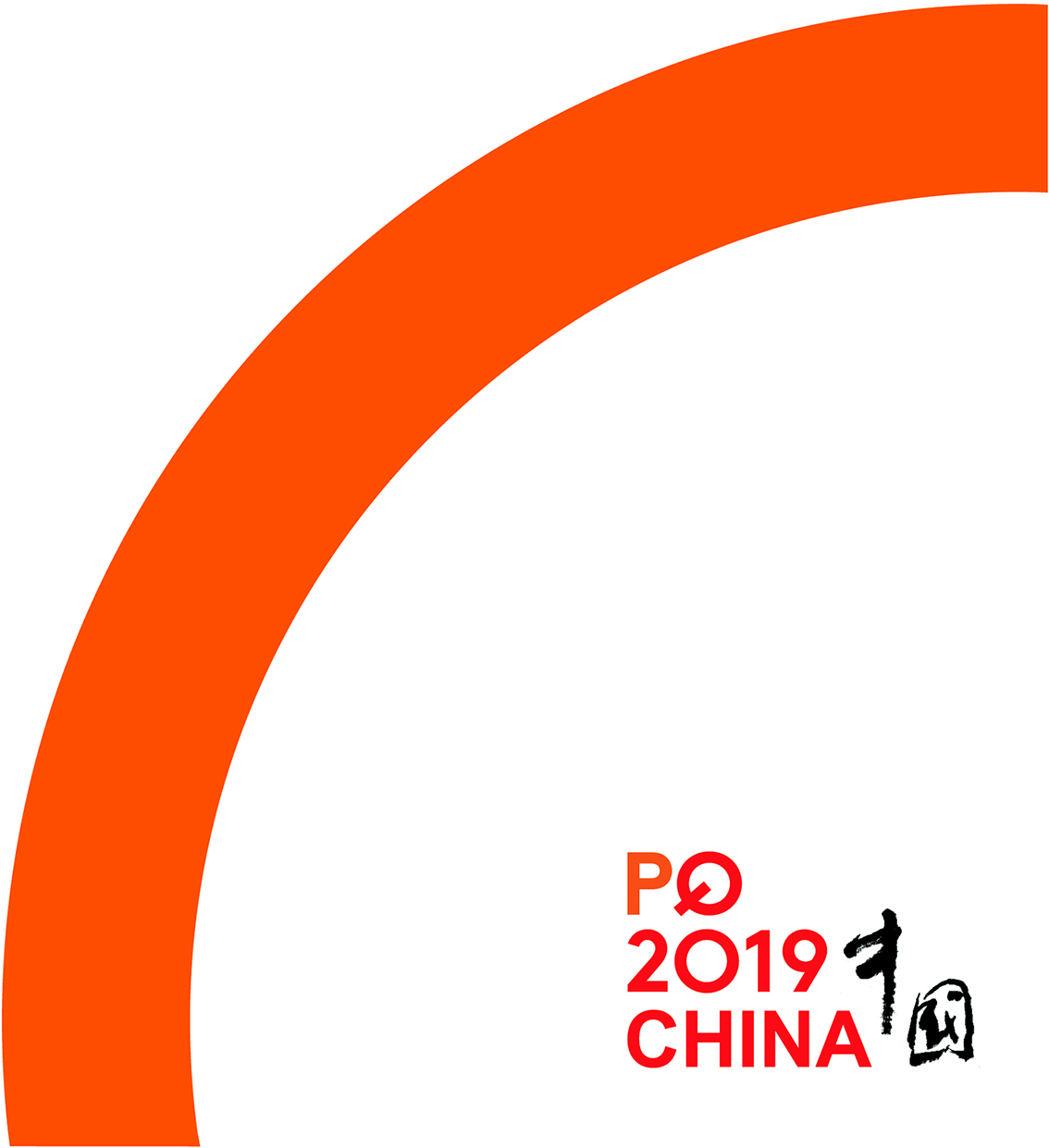
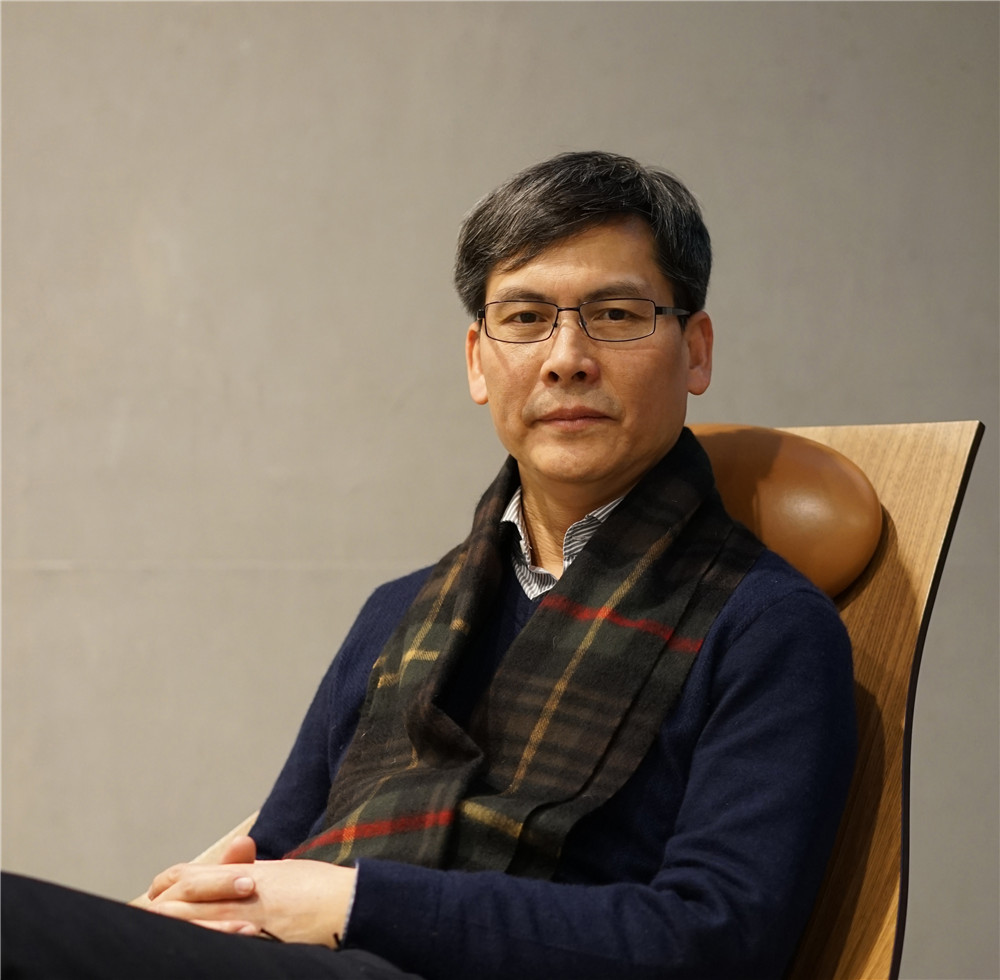
Li Wei
Professor of stage design at National Academy of Chinese Theatre Arts; postgraduate tutor.
Working on manifestation mode and aesthetic characteristics of Chinese traditional stage art in field of stage art, and integrating aesthetic characteristics of Chinese traditional stage art into manifestation mode of modern stage design; won several Chinese Government Awards (Wenhua Stage Art Award) and other important awards.
Major works in recent four years include “Changle Weiyang”, Peking opera “Da Shengkui”, Huangmei opera “Locust Flower Ballad”, Anhui Suzhou local opera “Wind Surging Grand Canal” and Yi ancient opera “Zuo Taiji”, selected to 2017 World Stage Design(WSD) (Taibei).
Stage design instructions
From the standing point of stage art, the performance of Xiyunhuayi will use kinds of opera artifacts to present different historical eras, also the richness and free spirit of traditional Chinese opera art.
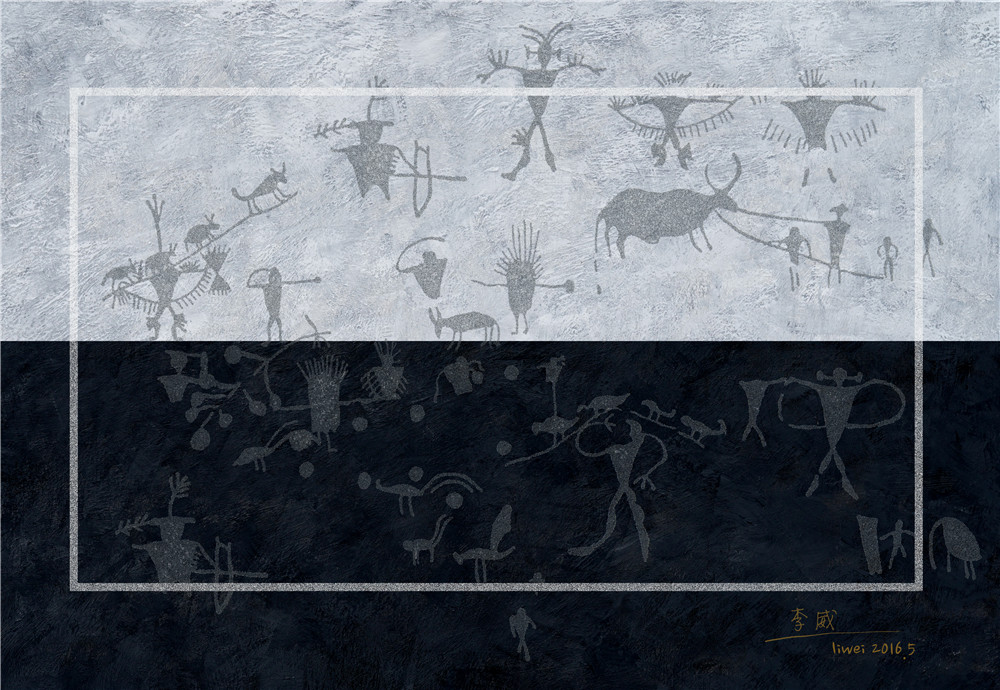
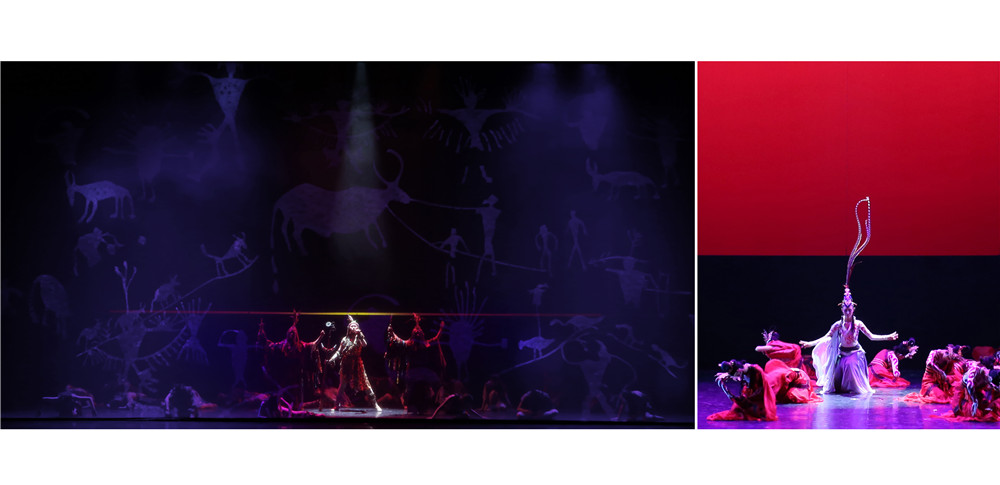
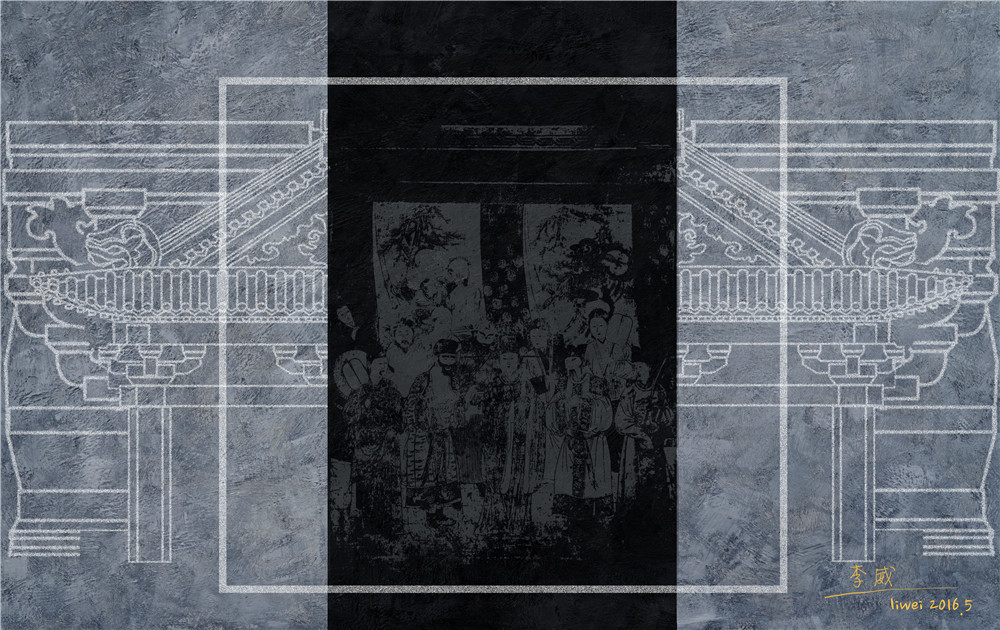
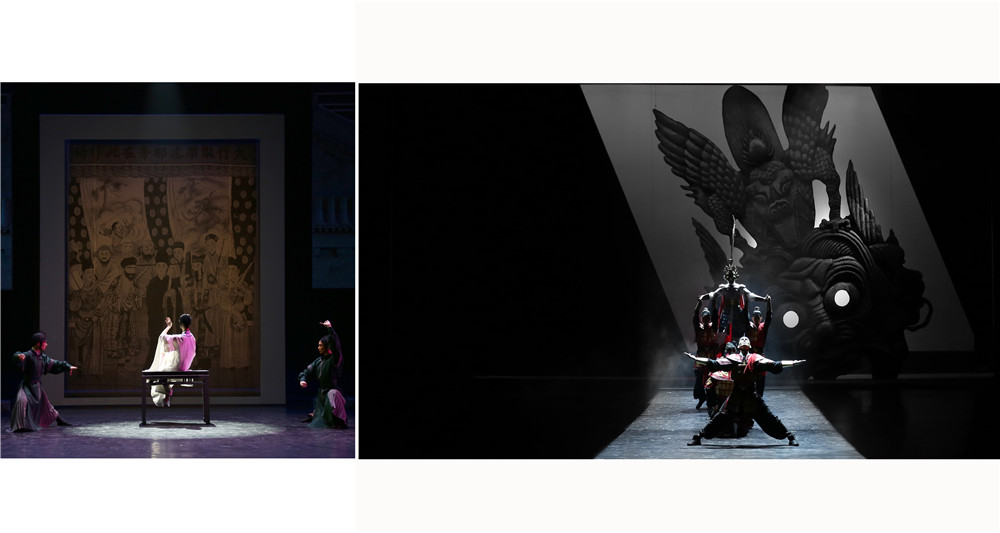
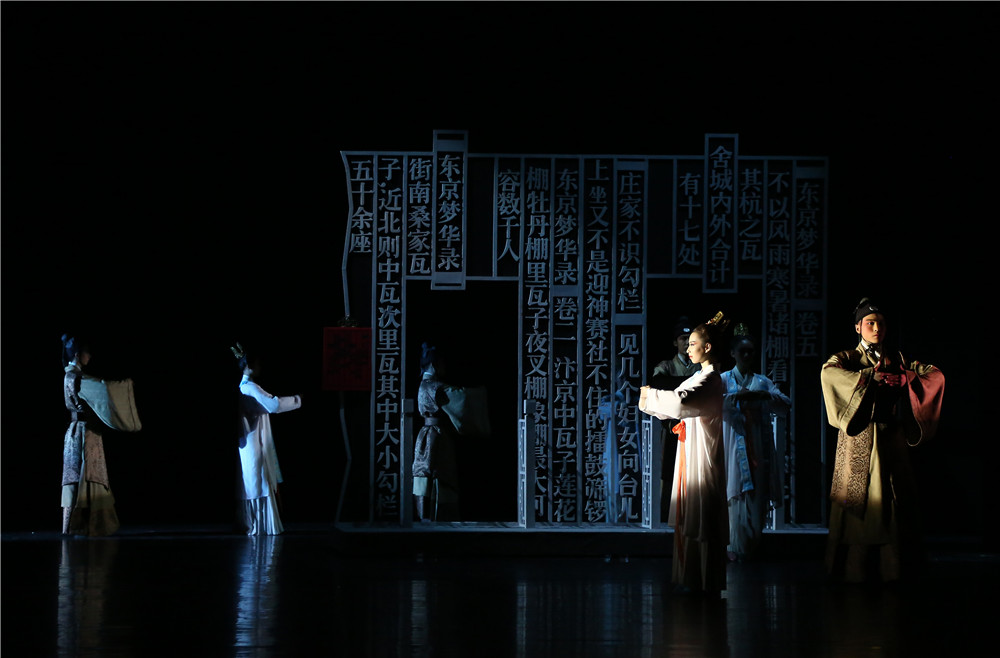
Performance theatre:Peking Opera Theater of Shanxi Province July 2015
The stage art created a tragic mood through the expressive power of geometric modeling. This Peking Opera reproduced Chen's tenacious fight with corruption forces in the court of the government. For that purpose, the stage design was employed to metaphorically show his strong character. A red rectangle structure serving as the main shape on the stage represented his residence in Beijing. The concept behind that shape originated from the rectangular outline of courtyard you could find everywhere in Beijing during the Qing Dynasty. Similar to a solid gate, it symbolized his character of never yielding to corruptions. The backdrop behind the red box was composed of the Chinese characters in the Kangxi dictionary, forming a white rectangle virtual space. This oblique space symbolized the social environment of the mid-Qing Dynasty while corruption forces were rampant. The stage design employed red, white and black colors.
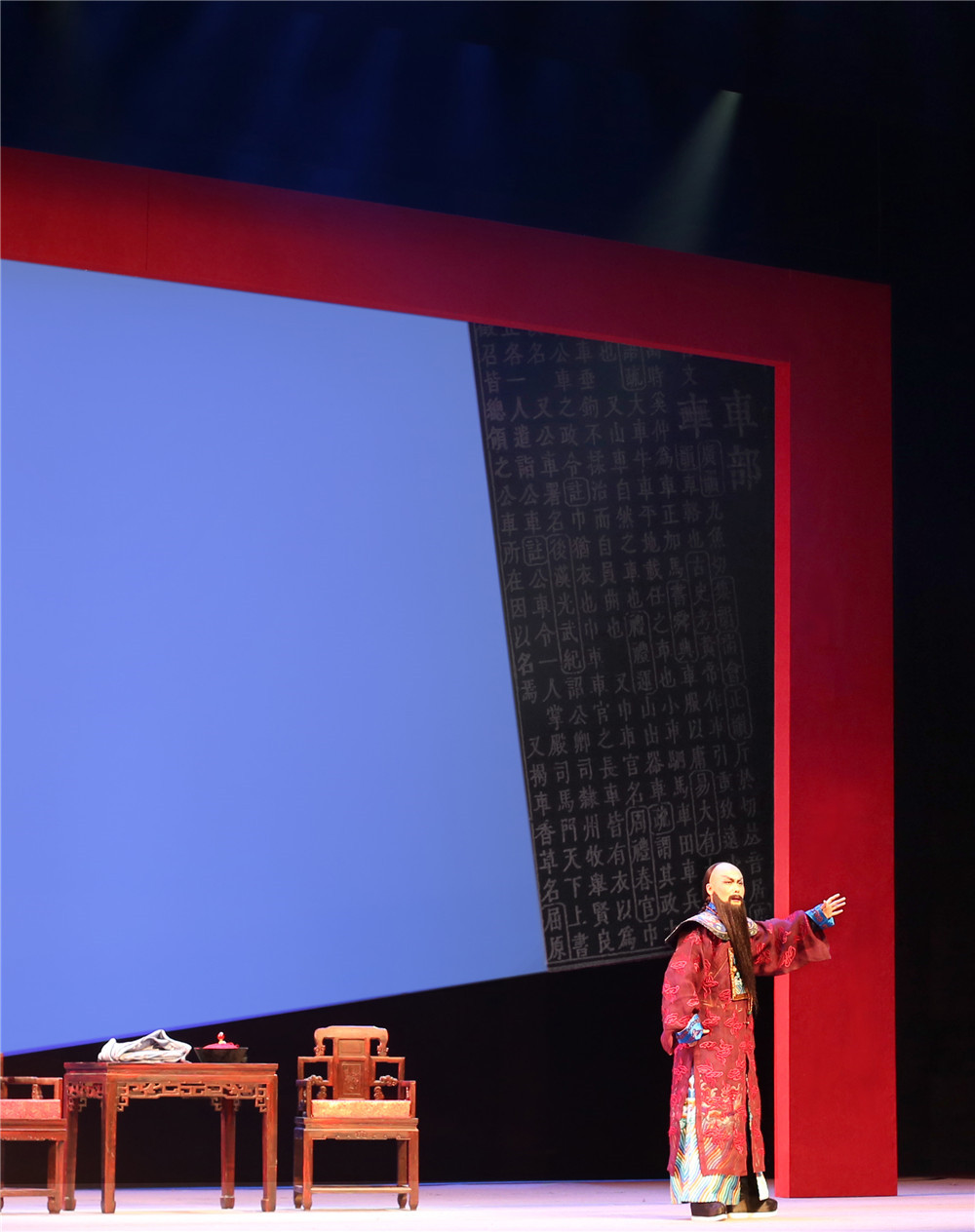
李威
中国戏曲学院舞美系教授,硕士研究生导师。
李威在舞台美术领域致力于研究中国传统舞台美术的表现方式和美学特证,并在舞台设计作品中努力将中国传统舞台美术的美学特征融入现代舞台设计表现方式中,舞台设计作品多次获得过中国政府奖(文华舞台美术奖)等重要奖项。
近四年主要舞台设计作品有京剧《长乐未央》、京剧《大盛魁》、黄梅戏《槐花谣》、安徽宿州地方戏《风涌大运河》、彝族古剧《撮泰吉》等。其中《撮泰吉》舞台设计入选(WSD)2017 世界舞台设计展(台北)。
演出以舞台美术的视角将中国不同历史时代的戏曲文物活化在镜框式舞台上,表现丰富多变的,戏韵画意的历史文化积淀,展现戏曲艺术的自由精神。
山西省京剧院2015年7月
舞台设计以几何造型的表现力来营造悲壮的总体意境。京剧《陈庭敬》表现陈廷敬与当时朝廷官府社会中的贪腐势力进行顽强的斗争。舞台设计隐喻性地表现戏剧主要角色陈廷敬的坚强性格。以红色的长方形结构为舞台设计主要造型,表现陈庭敬在北京的家。这个造型提炼于清代北京四合院的长方形外轮廓,犹如坚固的城门一般,表现陈廷敬不向贪腐势力低头的性格。红色方框后面天幕是由陈廷敬主编的康熙字典文字围合构成的一个白色矩形虚空间,这个矩形虚空间斜置,象征清代中期贪腐势力横行的社会环境。舞台设计由红、白、黑三种色彩组成。


